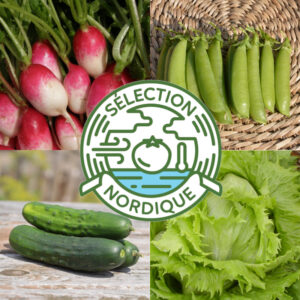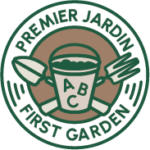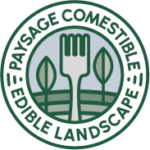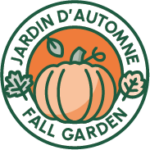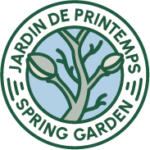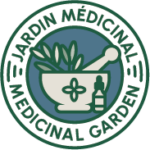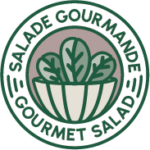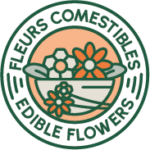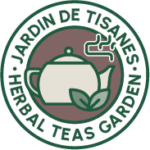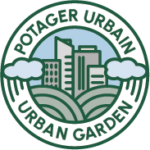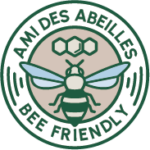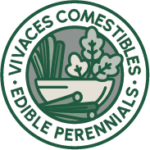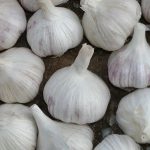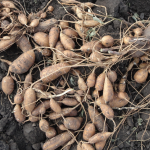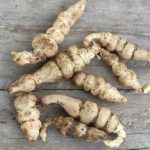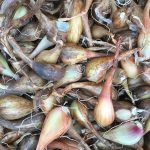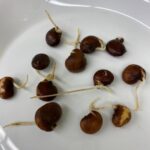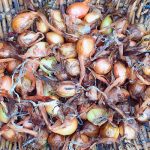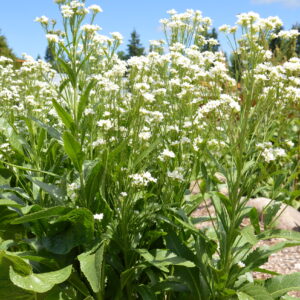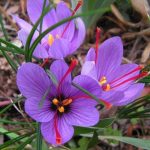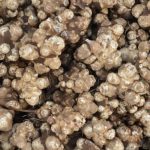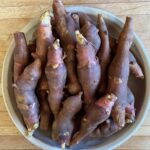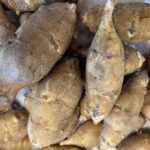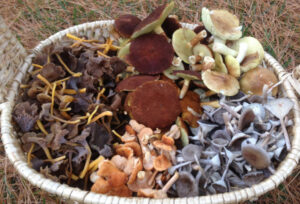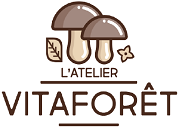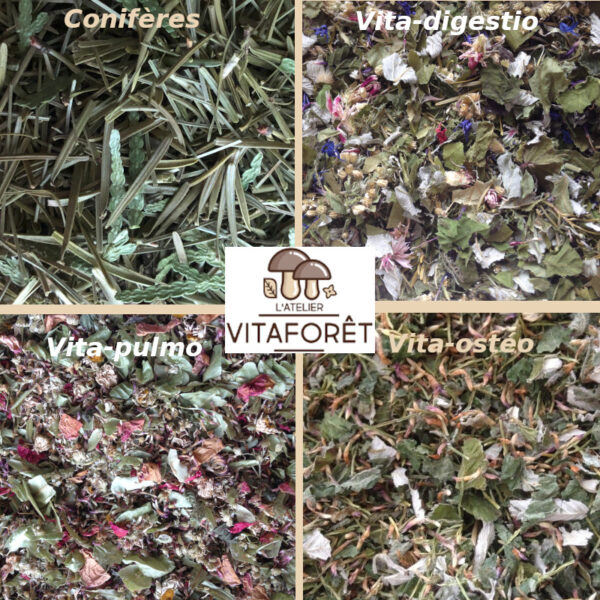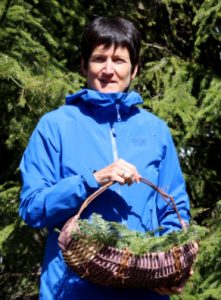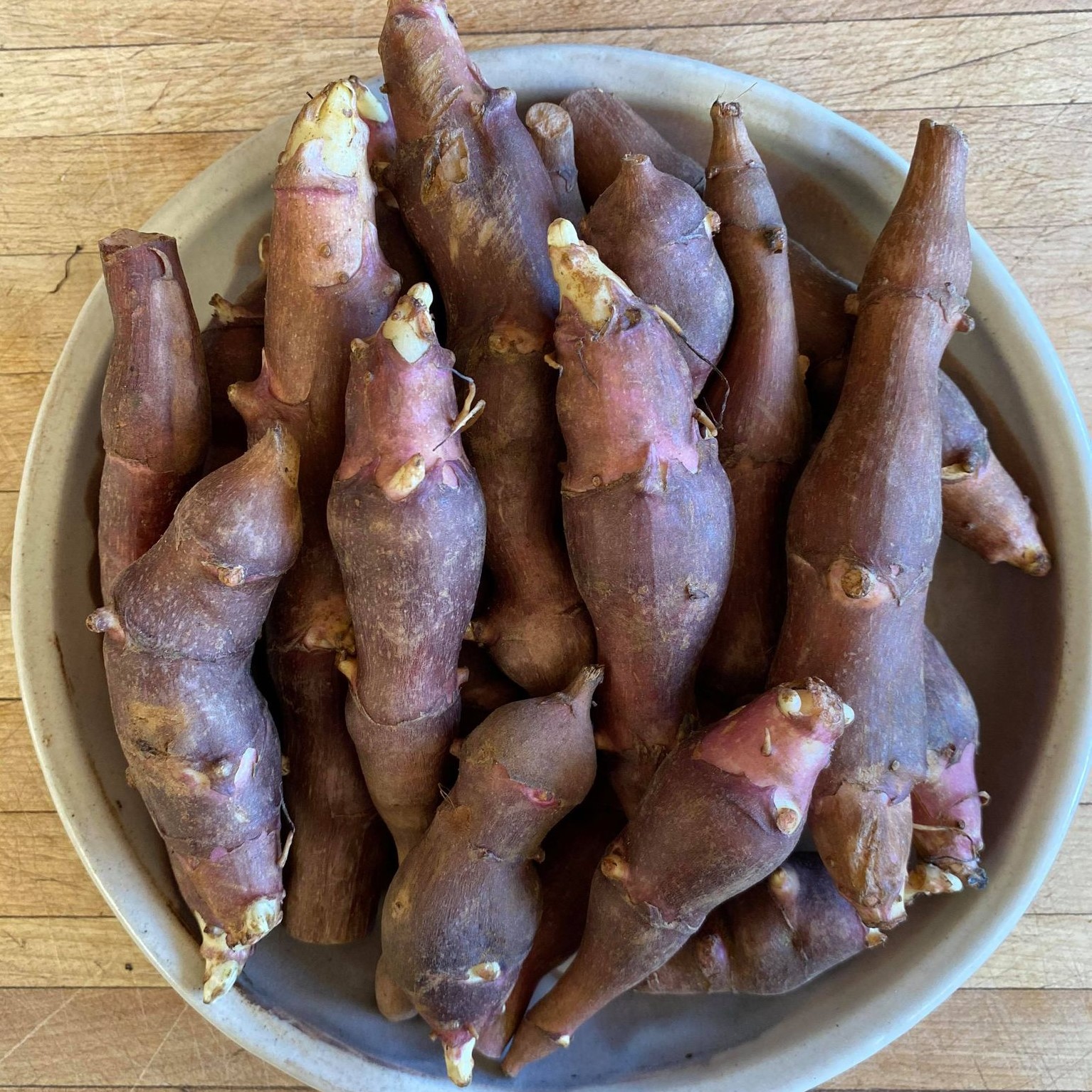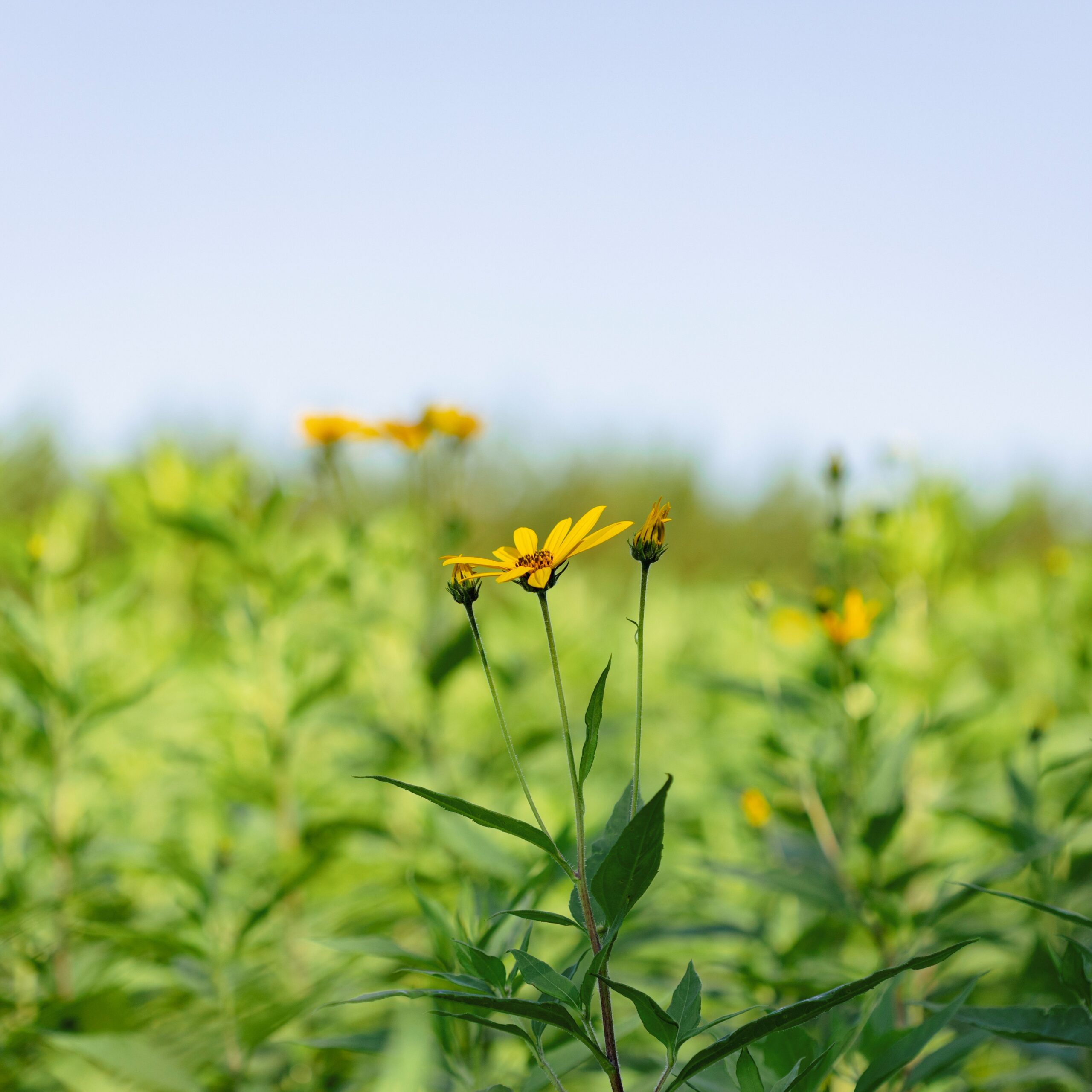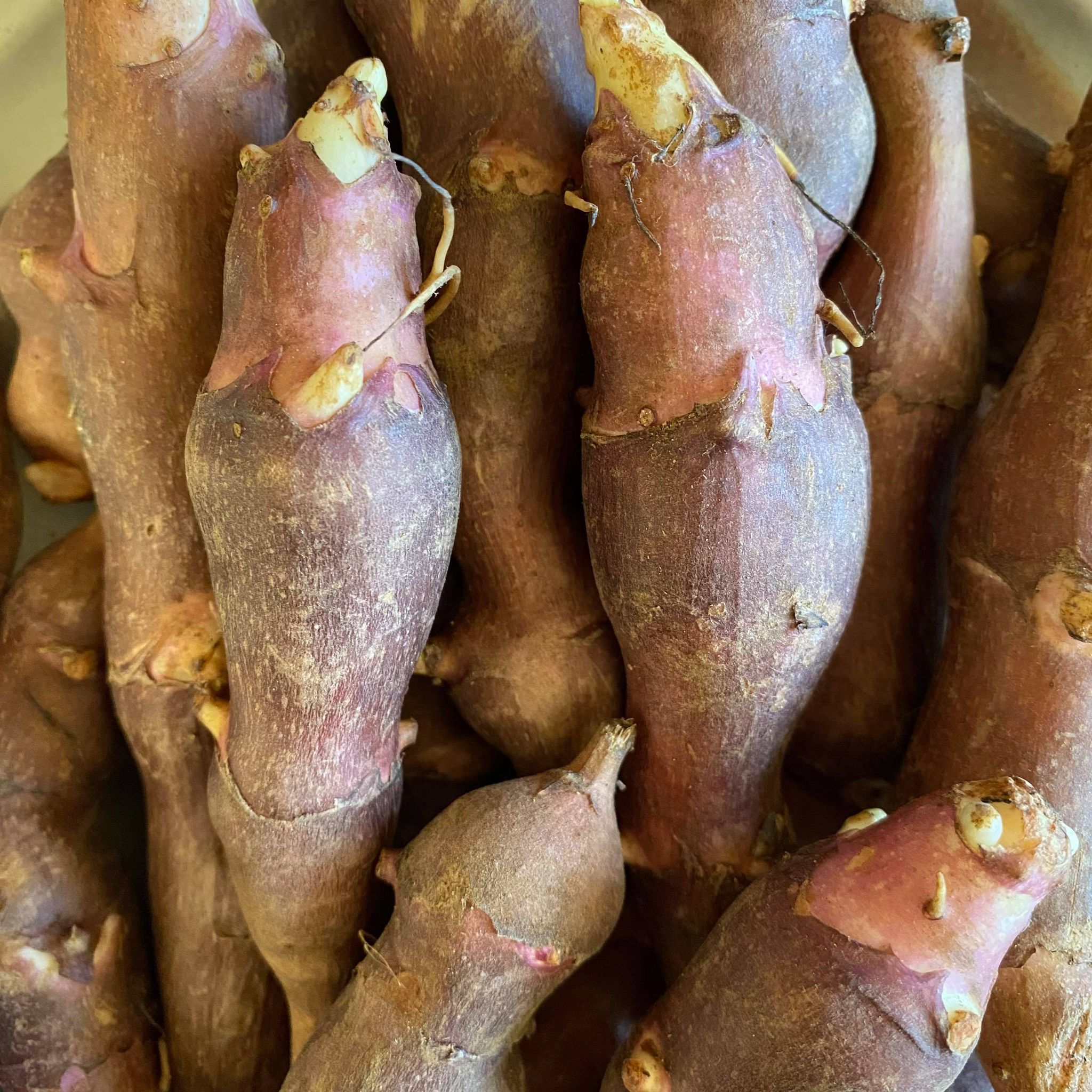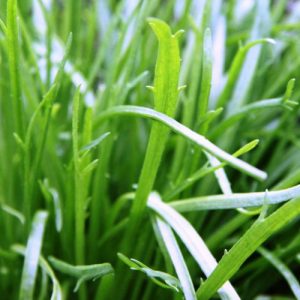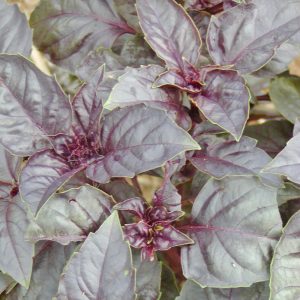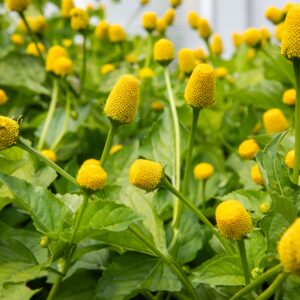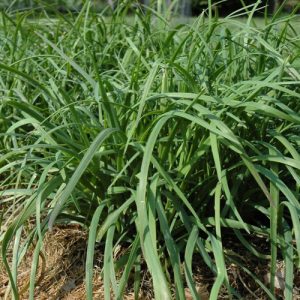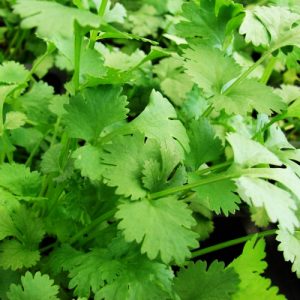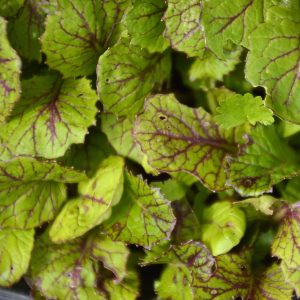
Home / Products / seeds / Bulbs, rhizomes and tubers / Jerusalem artichoke / Jerusalem artichoke Red spindle – Organic
Jerusalem artichoke Red spindle – Organic
Helianthus tuberosus
12.00$
Spindle red Jerusalem artichoke is an ancient vegetable that is growing in popularity with today's gardeners because of its flavorful taste and easy cultivation.
* presale From December 2023. Expedition tubers is carried out from April 10, 2024 so that you can put them in the ground in May 2024. Shipping costs are to be expected for this product.
Available at the ecoumene only
Spindle red Jerusalem artichoke is an ancient vegetable that is growing in popularity with today's gardeners because of its flavorful taste and easy cultivation.
* presale From December 2023. Expedition tubers is carried out from April 10, 2024 so that you can put them in the ground in May 2024. Shipping costs are to be expected for this product.
Ecosystem services
Procurement Services
Description
IMPORTANT: Presale from December 2023 // Shipping from April 10, 2024. Shipping costs are to be expected for this product.
Originally from North America, it was part of the menu of Native American peoples long before the arrival of Europeans. Samuel de Champlain mentions in his notes that local populations cultivated it as fodder and as a vegetable. Marc Lescarbot introduced it to France at the beginning of the 17th century under the name “Canada truffle” because of the shape of its tuber. It also goes by the names earth pear, artichoke butt, Jerusalem artichoke and perennial sun.
Unlike the dark beige-skinned tubers of the species, the Fuseau rouge variety produces thin-skinned pinkish-red tubers. Their shape is also more elongated and they have fewer round nodules, which makes them easier to clean.
Tubers to plant in fall or spring. Because Jerusalem artichoke tubers do not always survive the winter well in storage, many prefer to plant this perennial plant in the fall.
It is a very hardy and vigorously growing perennial plant that is grown in the sun.
Produced in abundance, they form an exceptionally dense tiller made up of stems that can reach 3 m in height. The harvest is done late in October, because the taste of the tubers improves with the arrival of cold weather. Note that the tubers are sensitive to frost when they are above ground.
Their crunchy texture flesh has a particularly sweet and pleasant flavor.
Planting: in spring or fall
Planting depth: 10 cm
Plant spacing: 60 cm
Row spacing (no spacing): 75 cm




